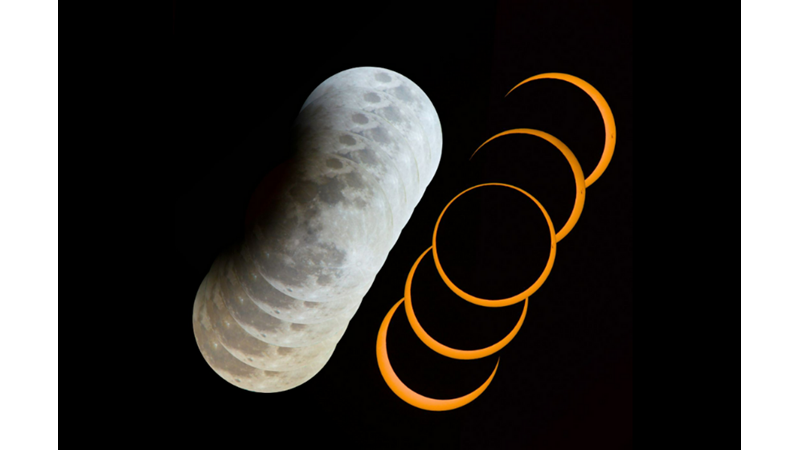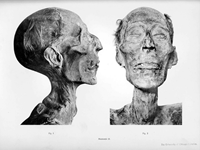Eclipses usually occur in pairs. Twice a year, during eclipse periods lasting about 34 days, the Sun, Moon and Earth are nearly aligned. During this period, the full and new moon phases of the Moon cause a lunar eclipse and a solar eclipse to occur at 14-day intervals, respectively. However, the alignment of the Moon in the full and new moon phases during an eclipse period is rarely precise enough to produce both a total lunar eclipse and a total solar eclipse (or a total and annular eclipse). Most of the time, partial eclipses form part of these periods.
During the last eclipse of 2024, a partial lunar eclipse on September 18 was followed by an annular solar eclipse on October 2. One of the combined images of these two eclipses was recorded in Somerset in the United Kingdom and the other on Easter Island.
In 2025, there will be two eclipse periods, one in March and one in September. In March, there will be a total lunar eclipse on March 14 and a partial solar eclipse on March 29. In September, there will be a total lunar eclipse on September 8, followed by a partial solar eclipse on September 21.
January 3, 2025 Astronomy Photo of the Day (NASA APOD)
Image Source & Copyright: Josh Dury


 Nielawore
Nielawore









Yorumlar
really nice
Yorum yazmak için lütfen giriş yapınız